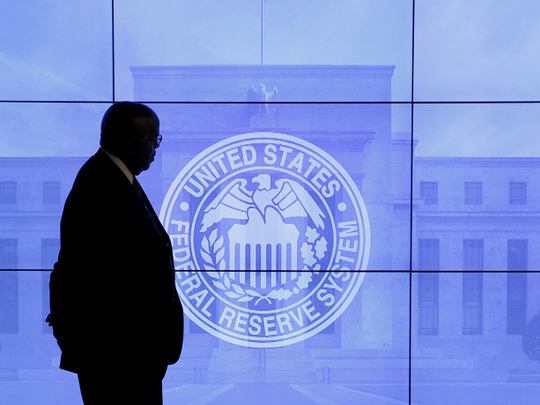
As the era of zero and negative interest rates finally ended last week, much of the commentary remained fixated on the idea of rate cuts looming on the horizon. And the euphoric response that asset markets have had based on these expectations.
To look at monetary policy is to trace its lineage back to Henry Simmons’ Depression era article, where he stated that the basic idea of a transparent, openly stated monetary policy rule can avoid the worst errors, including the temptation to repeatedly change course.
The data from world economies over the last six decades have broadly shown a high correlation between M2 (a broad measure of money supply growth) and inflation as well as economic growth.
In recent months, as M2 growth turned negative, the commentary has moved towards reducing interest rates (which Milton Friedman was opposed to as a main instrument of monetary policy), recognizing that slower growth and asset deflation is around the corner.
US asset prices need to cool off
Curiously, markets (being the second order engines that they are) have continued to power through to new highs on expectations that M2 growth will turn positive again. This zig-zag approach brings out not only the worst vagaries of policy, but ignores underlying valuations which anchor asset prices over time.
US equity asset values have clearly crossed stratospheric levels, and even as analysts talk about long-term profitability growth, it is inevitable that asset prices will contract (as they have in real estate markets) in months to come
In the UAE, M2 grew at a rate of 18.8 per cent in 2023 as per Central Bank statistics, powered by foreign inflows. Whilst much of it has been channeled towards real estate, there has been total factor productivity enhancements in the form of trade agreements and liberalization that has led to the production curve shifting outwards.
We also observe that this growth is likely to moderate, and in doing so will slow down the pace of asset growth (in areas leading to a correction as well, where valuations have become frothy). This boom-bust cycle, where demand has to be ‘recessed’ to maintain equilibrium in order to stabilize inflation rates, has been a pattern observed throughout the world.
Efficient asset allocation
The UAE has been no different in macro terms except to state that liberalization in its policies has boosted total factor productivity, a variable that will continue to play itself out over the long-term. With regards to asset valuations, whilst volatility is a natural output of increased participation, it is also equally true that on an absolute and relative level, equity asset values remain lower than their peers.
This will drive longer term money flows, especially as reforms relating to pension fund schemes as well as taxation makes asset allocation and deployment more efficient. The quantity theory approach to monetary policy implies that capital gains in asset markets will moderate and valuations will assert themselves as resource allocation and scarcity dictate decision-making in the years ahead.
It is equally apparent that insofar as capital markets are concerned, there remains considerable upside potential. And as productivity and profitability levels continue to rise, indices, as well as individual company asset values will benefit despite the moderation of money supply growth levels.
A clue in this regard is the velocity of money, which is expected to rise, suggesting that savings rates (which historically has been repatriated by residents to their home countries) is now getting mobilized towards domestic markets.
The quantity theory of money is not a vestige of the past as many critics have argued. The resurgence of inflation has been directly correlated to the increase in M2 aggregates across the world.
‘Quantitative quicksand’ as it has been sometimes referred to has proven to be true over time (the longest holding relationship in the history of macroeconomics). This suggests that in the months and years ahead, there will be a reckoning in Western asset markets, one that will be markedly different from emerging markets such as the UAE as productivity shifts decidedly towards this part of the world.









